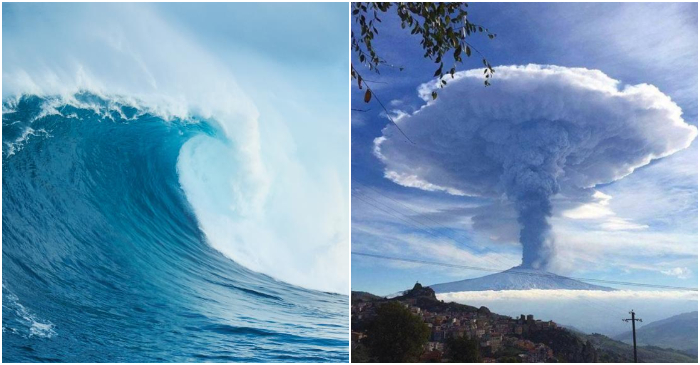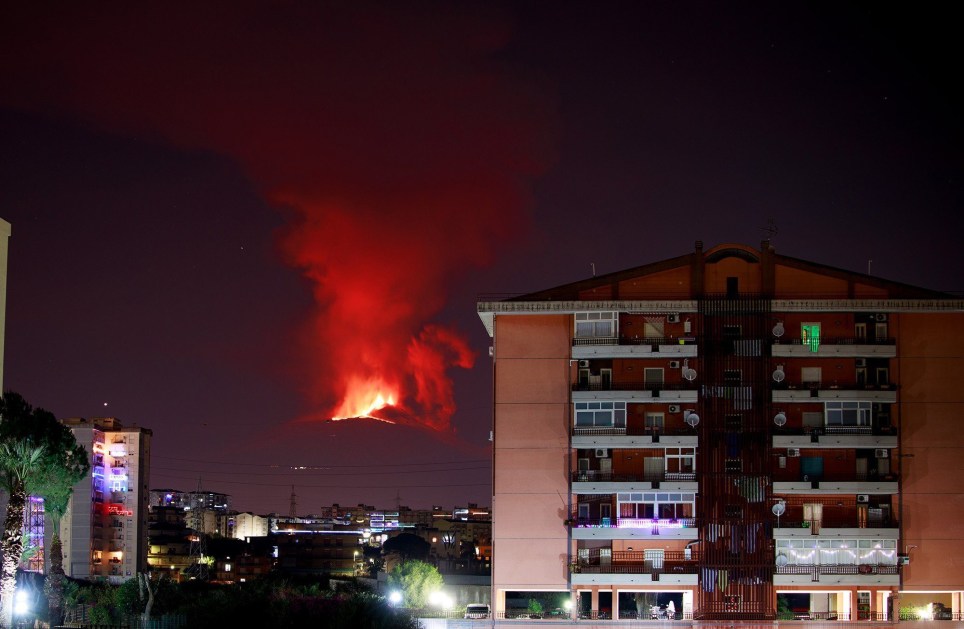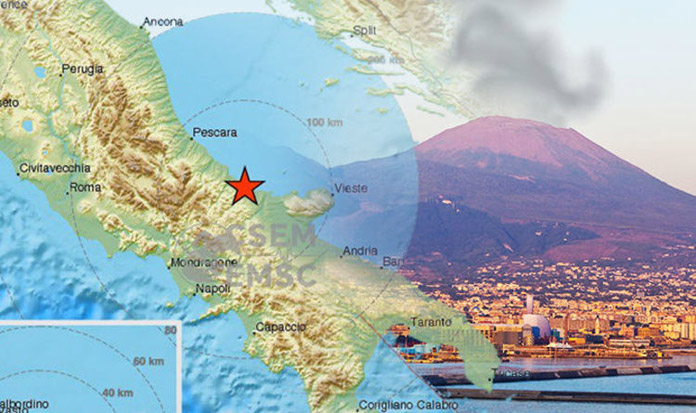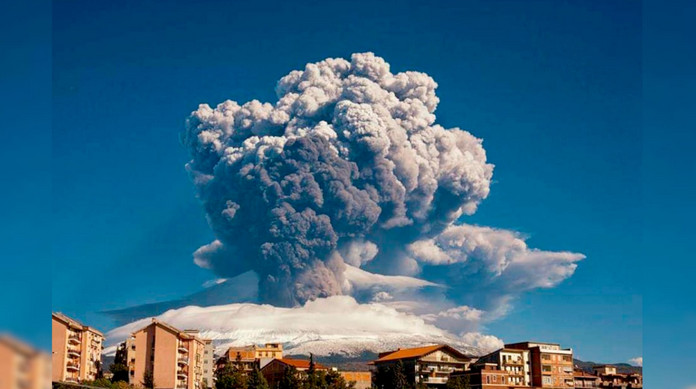
 Despite this, they are monitoring the volcano in Sicily closely as it poses a significant threat in the event of more extreme activity – like the Plinian eruption of Mount Vesuvius in 79AD that buried Pompeii under a blanket of ash.
Despite this, they are monitoring the volcano in Sicily closely as it poses a significant threat in the event of more extreme activity – like the Plinian eruption of Mount Vesuvius in 79AD that buried Pompeii under a blanket of ash.  The readings were taken in 2018 and it was the first time scientists were able to observe the movement of a volcano in its entirety, thanks to more than 100 GPS stations dotted around the sides of Mount Etna.
The readings were taken in 2018 and it was the first time scientists were able to observe the movement of a volcano in its entirety, thanks to more than 100 GPS stations dotted around the sides of Mount Etna. The slide was reported as slow but, according to the report, had “become unstoppable”.
The slide was reported as slow but, according to the report, had “become unstoppable”. “Constant movement could contribute to a major landslide along Etna’s coast, causing devastating tsunamis to the surrounding areas.”
Geophysicist Heidrun Kopp from the Geomar Helmholtz Centre for Ocean Research in Germany added that it was “quite possible that it could collapse catastrophically, which could trigger a tsunami in the entire Mediterranean”.
Researchers continue to probe Etna and monitor its activity closely.















